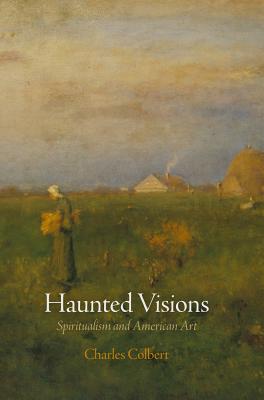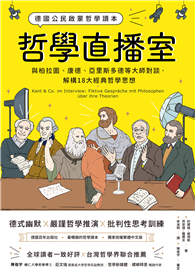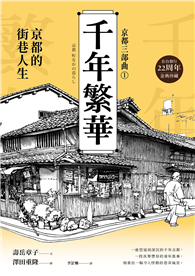Spiritualism is a monotheistic religion with one distinguishing belief: that the dead can be contacted, either by lay individuals or by gifted or trained mediums, and through this process believers can learn about the afterlife. It emerged in western New York state in 1848 and by 1897 was said to have more than eight million followers in the United States and Europe, mostly drawn from the middle and upper classes. In Haunted Visions: Spiritualism and American Art, Charles Colbert takes a fascinating and original look at the nineteenth- and early twentieth-century intersections between religion and art history, focusing in particular on the ways Spiritualism imbued the making and experiencing of art with religious meaning.
Examining the work of well-known American artists such as James Abbott McNeill Whistler, William Sydney Mount, and Robert Henri, Colbert demonstrates that Spiritualism played a critical role in the reception of art and the development of modern ways of seeing it. He argues that Spiritualism made a singular contribution to the sanctification of art that occurred in the latter half of the nineteenth century. Because the faith maintained that spiritual energies could reside in objects, works of art might be appreciated not only for what they illustrated but also as vessels of psychic vibrations their creators impressed into them. Such beliefs sanctified both the making and collecting of art in an era when Darwinism and Positivism were increasingly disenchanting the world and the efforts to represent it. Since it did not posit an antithesis between spirit and matter, Spiritualism made the artist's profession a religious calling. It did not seek to replace religion with art, but to make art a site where religion happened.











